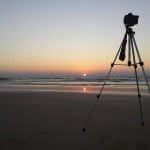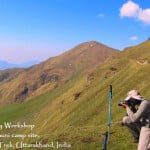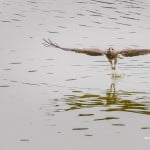During my early days of photography, I used to wonder how two individuals could take a shot of the same subject and have one seem mediocre while the other appears magnificent, despite the fact that both photographs were captured at the same time of day with the same lighting, etc. In this blog article, I’ll provide some helpful ideas to think like a professional photographer.
Ideas to think like a Professional Photographer
What does shooting low mean in photography?
The great majority of photographs are taken at eye level. One technique for creating a dynamic image is to get down on your belly and photograph with your camera practically touching or put on the ground. The seashell was photographed by putting the camera only a centimeter above the ground, as shown in the image above. Be cautious since dust and sand particles might easily penetrate your camera or lens.

Shoot High – Shooting from above
Shooting low is simple since most individuals have little trouble going down to the ground. When shooting from an elevated position, you will need a ladder or a monopod to lift your camera over your head to obtain the top perspective. You may have noticed this in product or food photography. But nowadays, you can use a drone for outdoor photography, and you can get really creative with shooting high and making it appear like an image obtained by a true professional photographer. As you can see, this shot was taken late at night while standing on the brink of a building.
Capture Cityscape during Nightfall https://t.co/Mzl5kg5Lyo pic.twitter.com/Ihb23sa0Ra
— Ravindra Joisa (@ravindrajoisa) August 18, 2017
Leading Lines in Photography
The most compelling images have leading lines that run from foreground to background, driving the viewer’s attention into the picture. You’re actually teasing the viewer’s imagination. Consider yourself the viewer of a picture as you capture it. How you may examine the image and travel across it. It’s wonderful to have something at the end of these lines as a subject. Leading lines is one of the most efficient methods to create a striking composition is to use leading lines. Read more on leading lines to capture stunning photos where you will get ideas to think like a Professional Photographer and how well you can use the leading lines to capture stunning images.
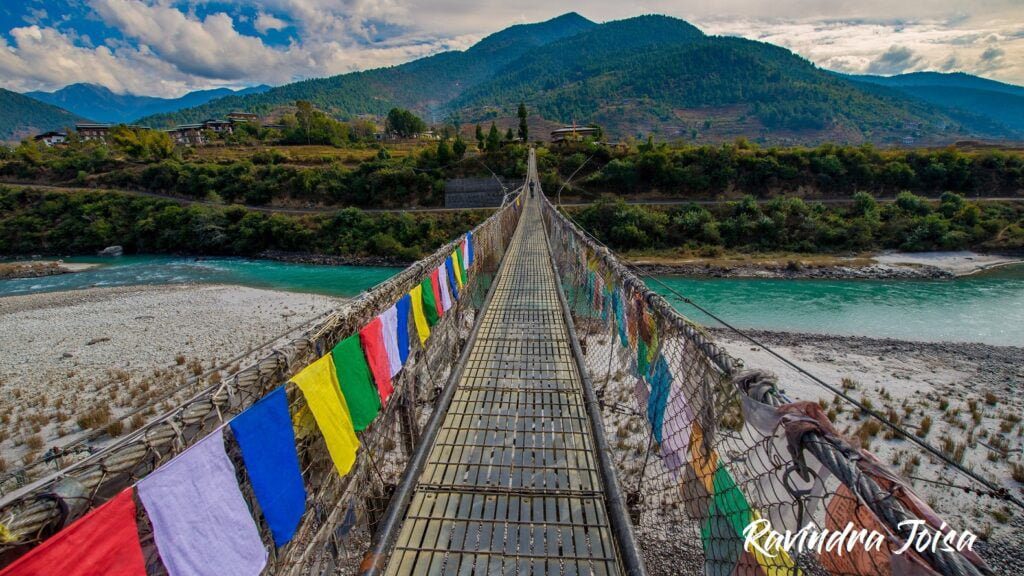
What’s Up? – Point the camera Upwards
Remember to search things up. When out shooting, photographers sometimes overlook the fact that aiming the lens straight up may provide some of the most fascinating images. Make it a practice to glance up to see what’s above you. The tall vertical trees recorded in this sample were photographed at Muir Wood Forest in California. Other ideas to think like a Professional Photographer with the camera upwards would be to stand in between buildings and capture something high above like an airplane.

Why is framing important in photography?
Composing a picture is vital, and framing is one approach to capture the attention of viewers or produce a good image. If you capture a shot without framing, it will seem quite flat in comparison to an image taken with a frame when composing. A photograph without a frame is just another regular photograph. Read more here on Using Framing in Composition.
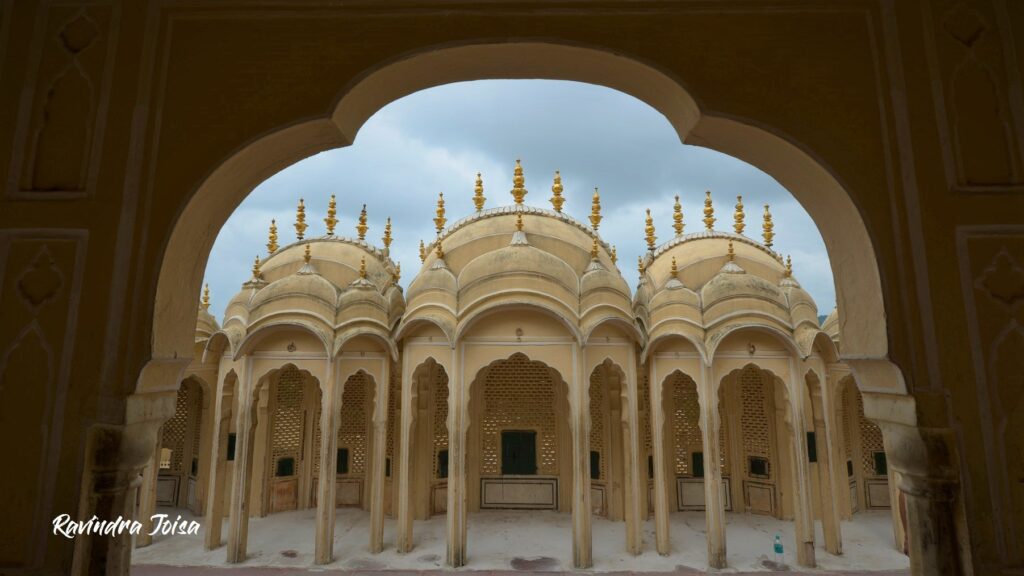
What is the purpose of a foreground?
The foreground, like the backdrop, plays a vital role in the composition. The foreground of an image acts as an introduction, helping to create the tone for the remainder of the image. It’s the first thing that catches our eye and draws us into the picture.
River crossing in the Himalayan slopes. #travel #india #trekking https://t.co/1vHNRZCUEn pic.twitter.com/3r3zlR9TkK
— Ravindra Joisa (@ravindrajoisa) December 11, 2015
Dead Centre composition
If your subject is in the middle of the frame, it typically indicates that the composition is lifeless because that’s where the subject is in most amateur photos. The rule of thirds states that your subject should be placed 1/3 of the way from one of the frame’s corners, but I just prefer to make sure that my subject is not centered. However, it is sometimes preferable to have it dead center in order to appear professional. The surrounds, the wooden railings present in the building on both sides of the central stupa, and even the cloud, leading towards the center of the photo in the image below.
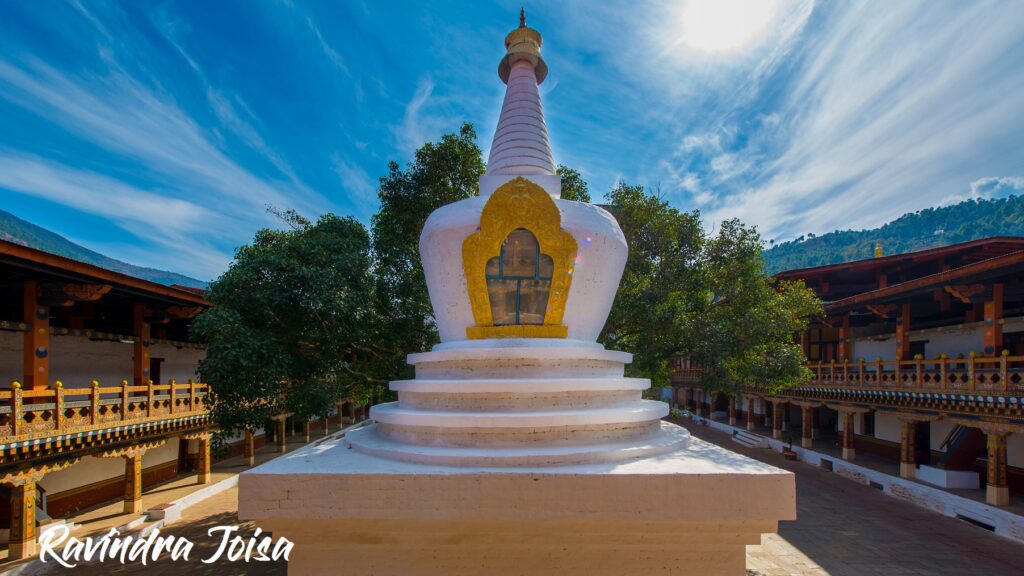
Isolate the Interesting subject
Just because something caught your eye and made you want to capture a frame doesn’t imply the viewer would be pulled to the same spot. Why not isolate what catches your eye into a separate frame to more effectively show the audience what you want them to see? I made good use of the wide aperture here to make the backdrop blurry and only the subject in focus.
What time of the day is best for photography?
Professional photographers seek for the last hour before sunset and the first hour after daybreak. These hours, known as “the golden hour” or “magic hour,” give the ideal light for taking spectacular photographs. Every photographer may benefit from learning how to use the golden hour. A lens with a greater aperture, such as f2.8, will enable more light to enter the sensor.

Long Exposure Photography
Long exposure is a method that involves leaving the shutter open for a longer period of time than normal. This enables us to record the motion of a moving element or more light from a night scene. When the shutter speed is slower than 1/60th of a second, it is termed long exposure in photography. The following photograph was taken at sunset, as the silky smooth sea waves were developing. The image below depicts a star trail caught using a particularly long exposure, in which the shutter is left open for a prolonged period of time. It is recommended to have a high-quality camera with a decent sensor and low-light capability.

Shoot at Dark
Making photographs at night is an unusual habit. While experts in this field have profound enthusiasm for it and a never-ending drive for technical and artistic improvement, individuals more accustomed to daytime photography are sometimes unaware that tried and true photographic standards must often be changed or even ignored at night. It is difficult to concentrate on a subject at night. Also, experiment with no flash and lengthy exposure. Continue experimenting with different settings and you will be astounded by the results. You can go super creatives if you are looking for ideas to think like a Professional Photographer under dark or low light.
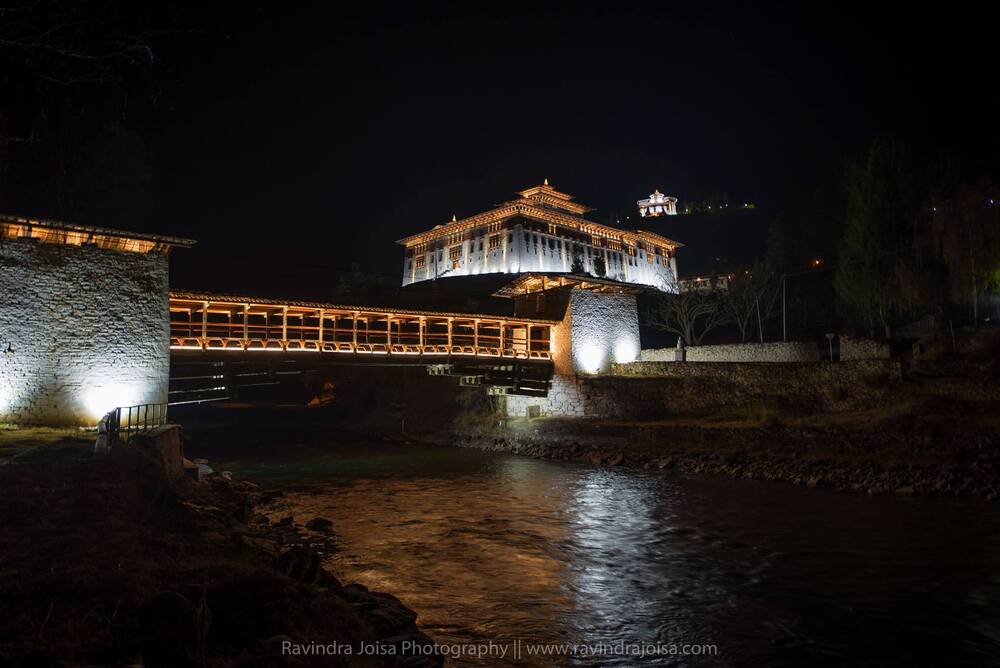
To conclude, the subject might be average, but it all depends on the way you capture it. Just having an expensive camera will not make you a better photographer, but the way you look at things, the angle used in capturing the subject of interest matters. So, think like a Professional Photographer and keep experimenting with new ideas that you learn from other photographers.
Related: Power of Light
Hope you enjoyed reading this blog post on ideas to think like a Professional Photographer. Leave a comment below if you have more ideas. Buy me a coffee to support my work or you can go to my store to buy some of my images. Also, do not forget to join my FriendZone by signing up for my newsletter. Consider subscribing to my YouTube channel.

